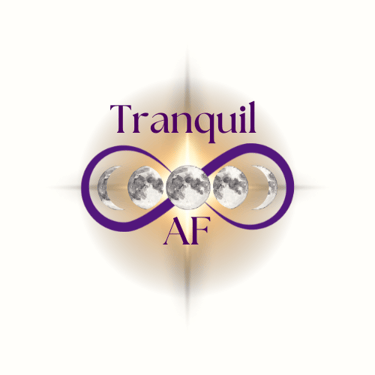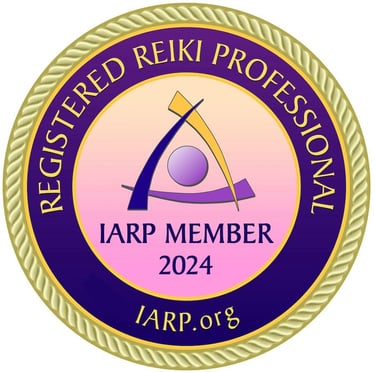Unveiling the Archetypes: Understanding the Major Arcana in Tarot
Explore the concept of archetypes within the Major Arcana of the Tarot. This blog delves into what an archetype is, how these universal symbols are represented in the Tarot's Major Arcana, and how they guide us through life's spiritual and psychological journeys.
TAROT
Crystal
8/10/20243 min read


Introduction: The Major Arcana of the Tarot deck is a powerful collection of cards, each representing a significant aspect of the human experience. Central to understanding these cards is the concept of archetypes—universal symbols that resonate across cultures and periods. But what exactly is an archetype, and how does it relate to the Tarot? In this blog post, we’ll explore the meaning of archetypes, their role in the Major Arcana, and how they can offer profound insights into our spiritual and psychological journeys.
What is an Archetype?
Definition and Origins:
The term "archetype" was popularized by psychologist Carl Jung, who described archetypes as universal, primal symbols or patterns which reside within the collective unconscious. These symbols appear in myths, legends, and religious texts, and they represent fundamental human experiences and qualities.Examples of Archetypes:
Common archetypes include the Hero, the Mother, the Sage, and the Shadow. These figures embody universal themes such as courage, nurturing, wisdom, and the darker aspects of the psyche. Archetypes are not limited to specific characters; they can also represent situations, roles, or themes that recur throughout human history.
Archetypes in the Major Arcana:
Universal Themes:
Each card in the Major Arcana is an archetype that represents a specific stage or aspect of the human journey. For example, The Fool represents new beginnings and innocence, while The Magician symbolizes mastery and the power to manifest. These cards tap into universal themes that we all encounter at different times in our lives.Spiritual and Psychological Journeys:
The Major Arcana is often seen as a spiritual journey or "The Fool’s Journey," where each card represents a step in personal and spiritual development. As we encounter these archetypes in readings, they reflect our inner states, challenges, and growth opportunities, offering guidance and insight into our life paths.The Power of Symbolism:
The imagery and symbolism within each Major Arcana card are rich with meaning. These symbols speak to the subconscious, allowing us to access deeper wisdom and understanding. By connecting with these archetypes, we can obtain clarity about our experiences, emotions, and decisions.
How Archetypes Guide Us:
Self-Reflection and Growth:
Engaging with the archetypes in the Major Arcana can lead to profound self-reflection and personal growth. They help us identify patterns in our lives, understand our motivations, and uncover hidden aspects of ourselves that need attention or healing.A Tool for Insight:
When used in Tarot readings, the Major Arcana serve as a tool for insight, helping us navigate challenges, make informed decisions, and align with our true purpose. By understanding the archetypal energies at play, we can better understand our current situations and how to move forward.Detailed Look of Archetypes:
The Hero: Embarks on a journey, overcoming obstacles and growing personally (e.g., King Arthur, Harry Potter, Luke Skywalker).
The Mentor: Offers guidance and wisdom to the hero (e.g., Merlin, Gandalf, Yoda).
The Shadow: Represents the darker aspects of the psyche and embodies conflict (e.g., Darth Vader, Voldemort, Sauron).
The Trickster: Challenges norms and disrupts the status quo with wit and cunning (e.g., Loki, Bugs Bunny, the Joker).
The Mother: Symbolizes nurturing, care, and protection, either as a literal figure or as a representation of fertility and growth (e.g., Demeter, Mother Mary, Mother Earth).
The Child: Represents innocence, potential, and new beginnings (e.g., sweet Baby Jesus, Little Red Riding Hood, Oliver Twist).
The Lover: Embodies passion, romance, and the pursuit of beauty and connection (e.g., Romeo and Juliet, Helen of Troy, Cleopatra).
The Wise Old Man/Woman: Provides insight and knowledge, guiding the protagonist (e.g., Dumbledore, the Oracle, Obi-Wan Kenobi).
Conclusion: The Major Arcana of the Tarot is much more than a set of cards; it’s a collection of archetypal symbols that connect us to the universal experiences of humanity. By understanding and working with these archetypes, we can gain valuable insights into our own lives and journeys. Whether you’re new to Tarot or a seasoned reader, exploring the archetypes within the Major Arcana can deepen your understanding of both the cards and yourself.


